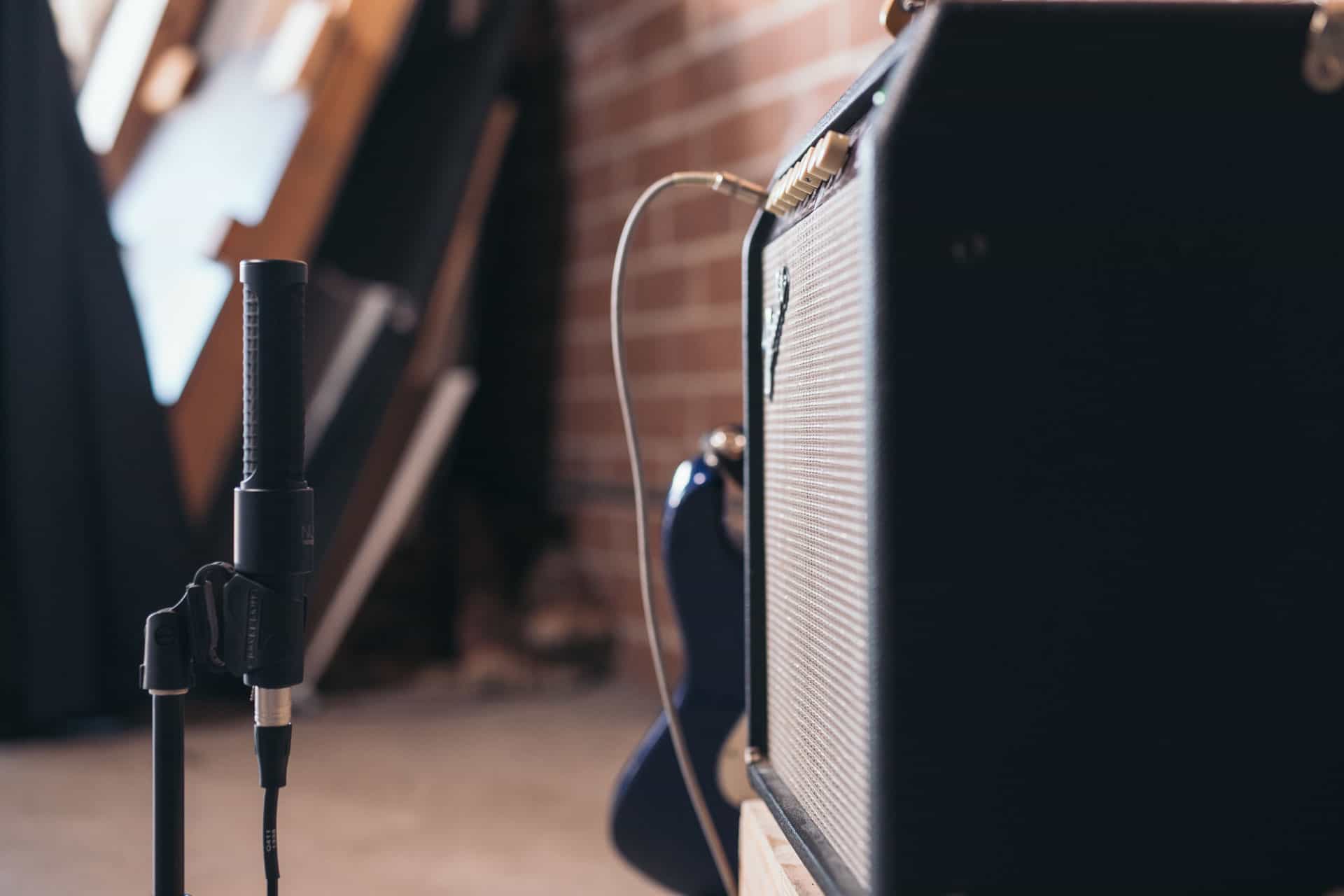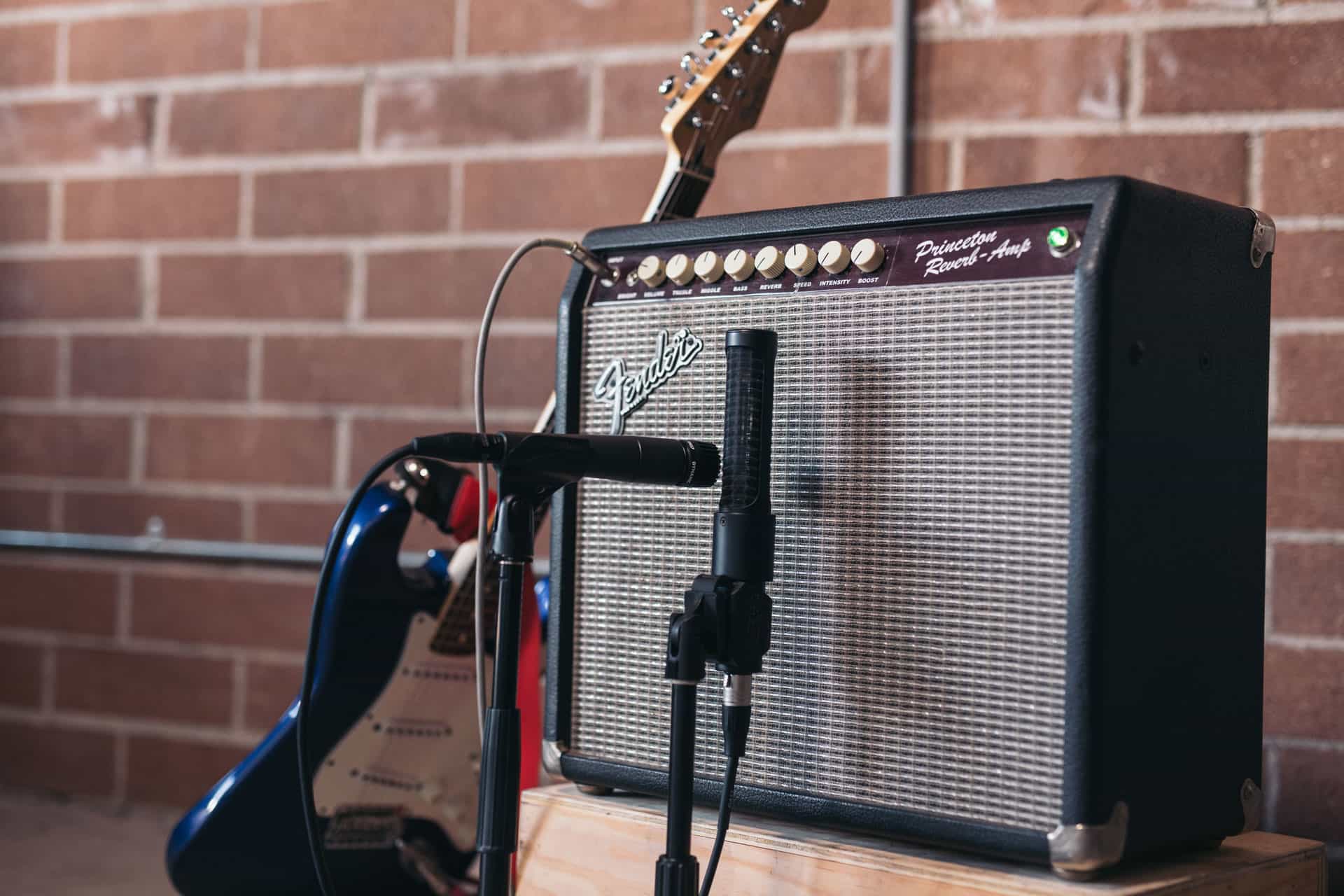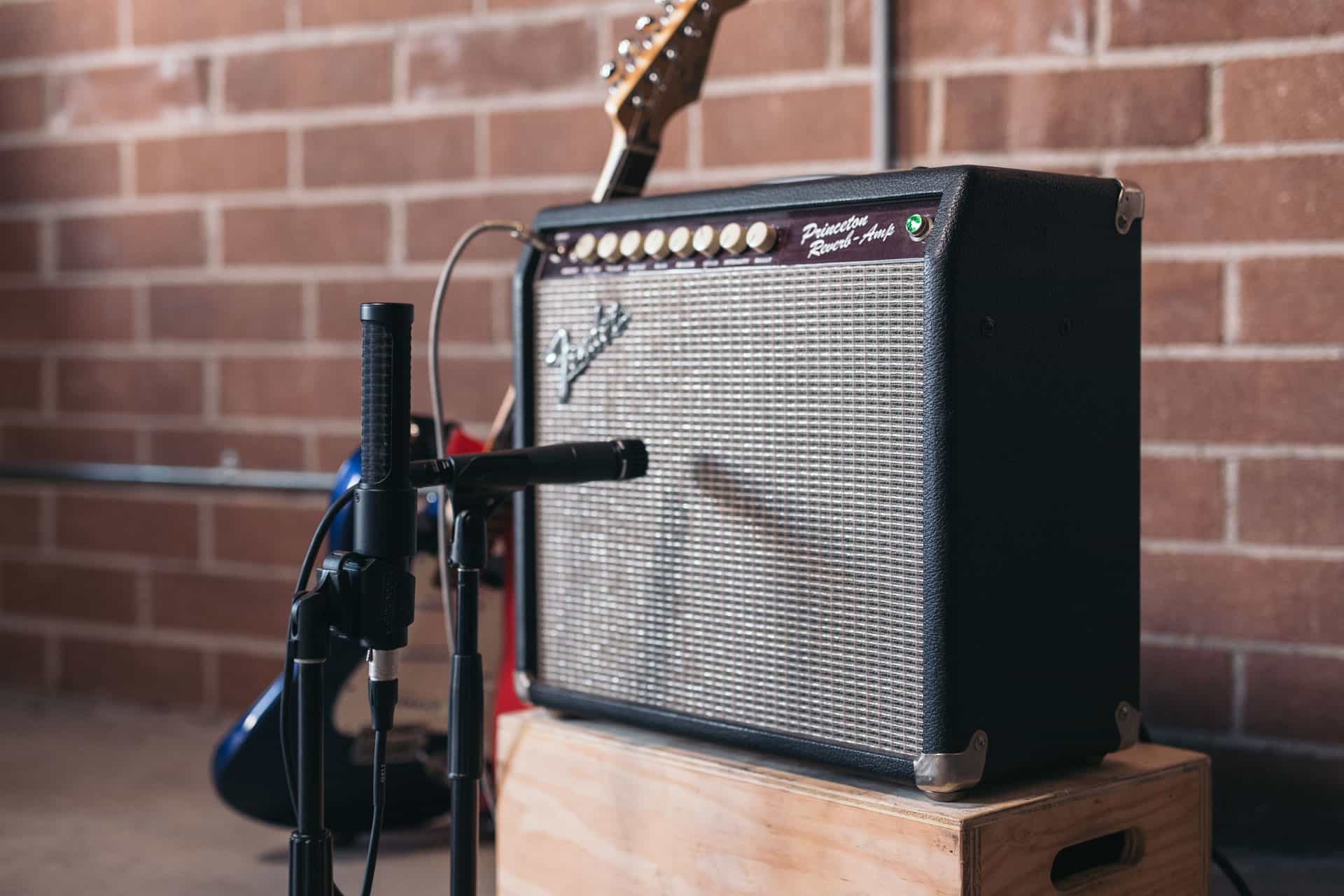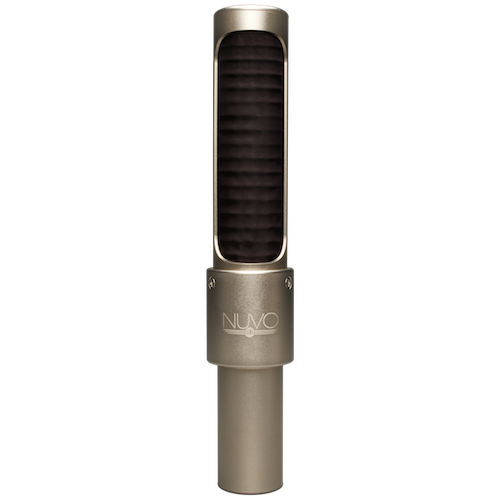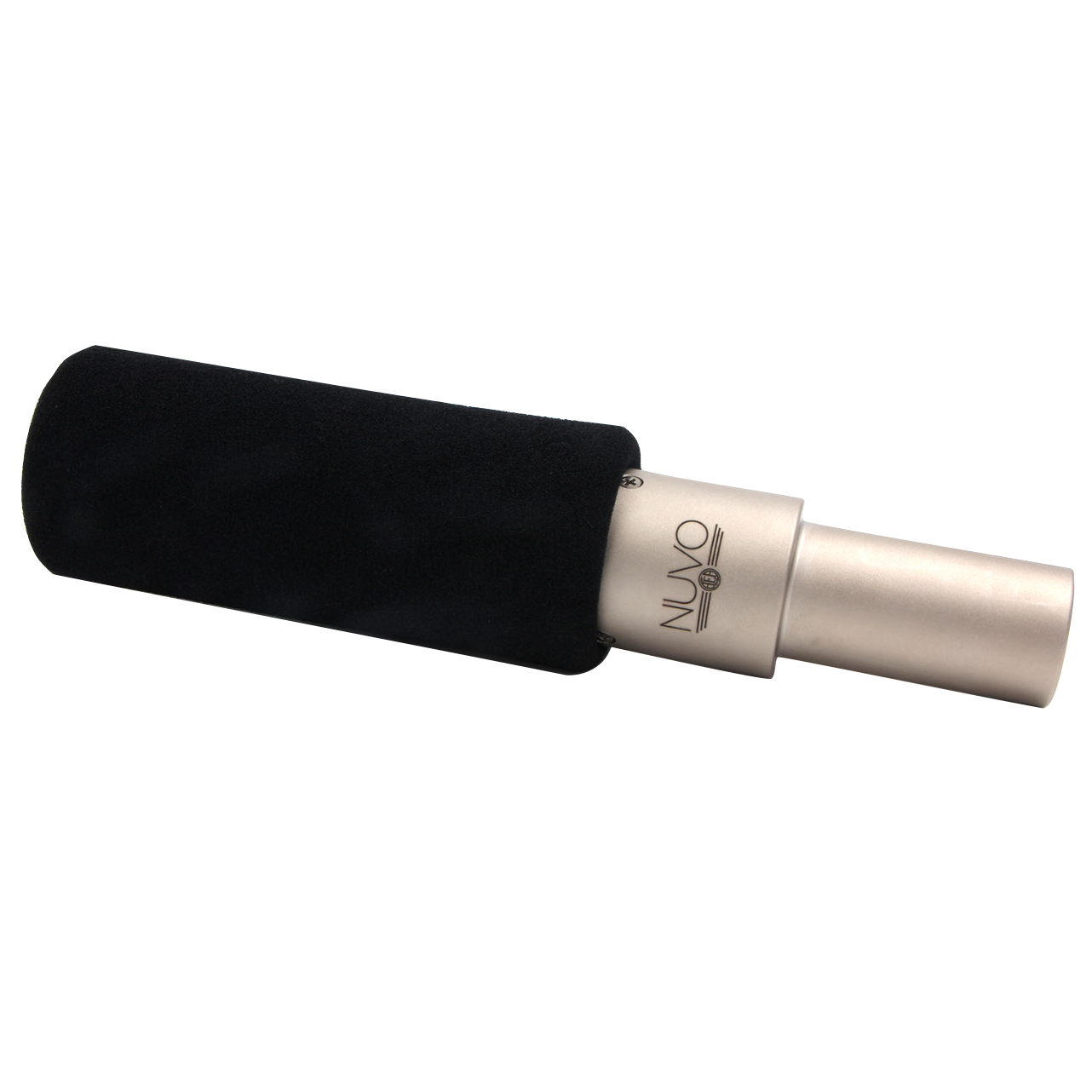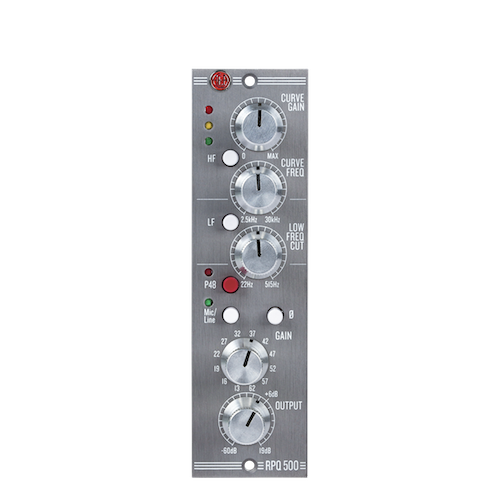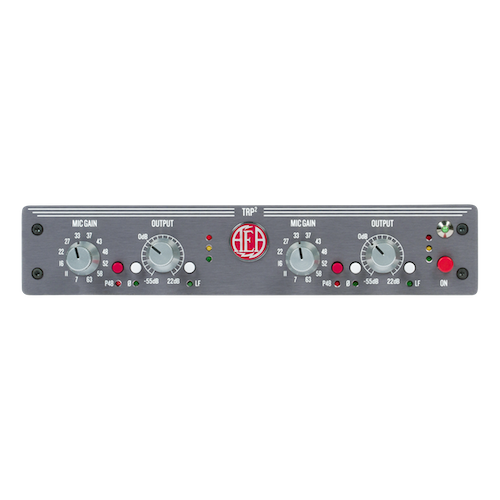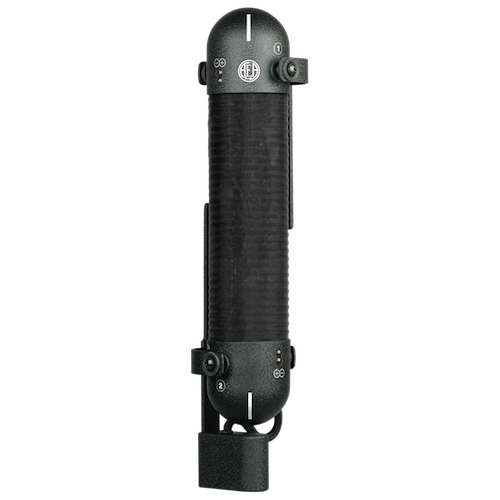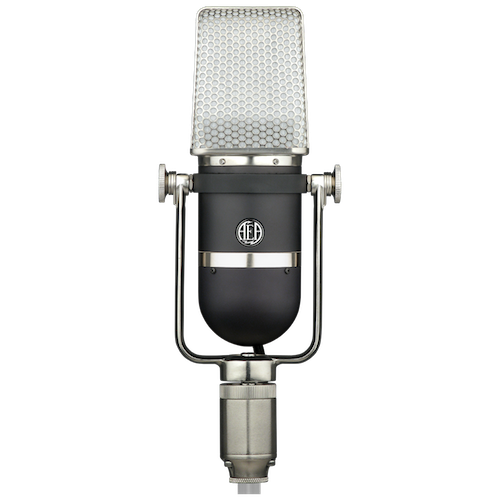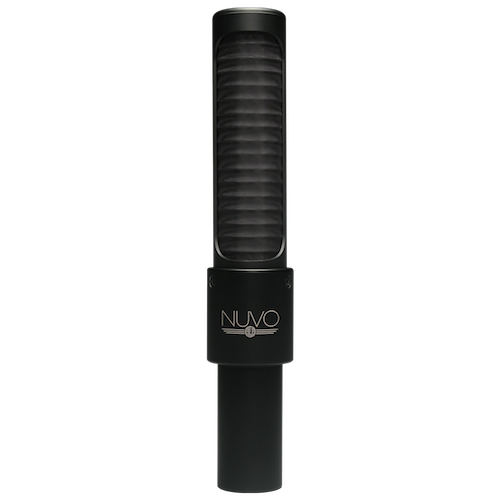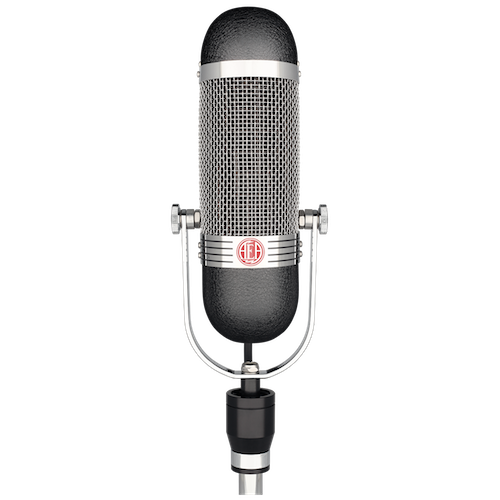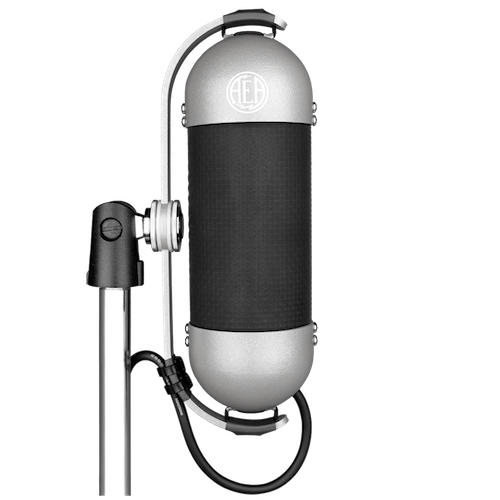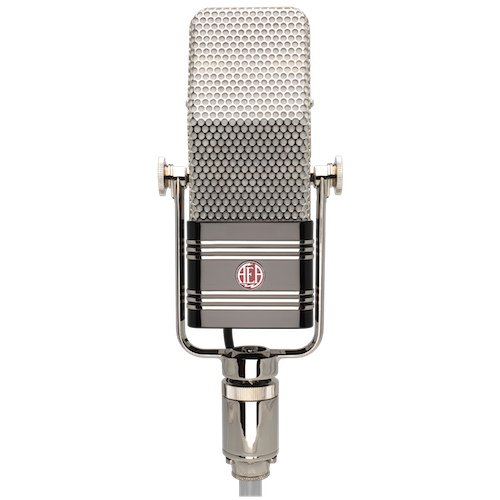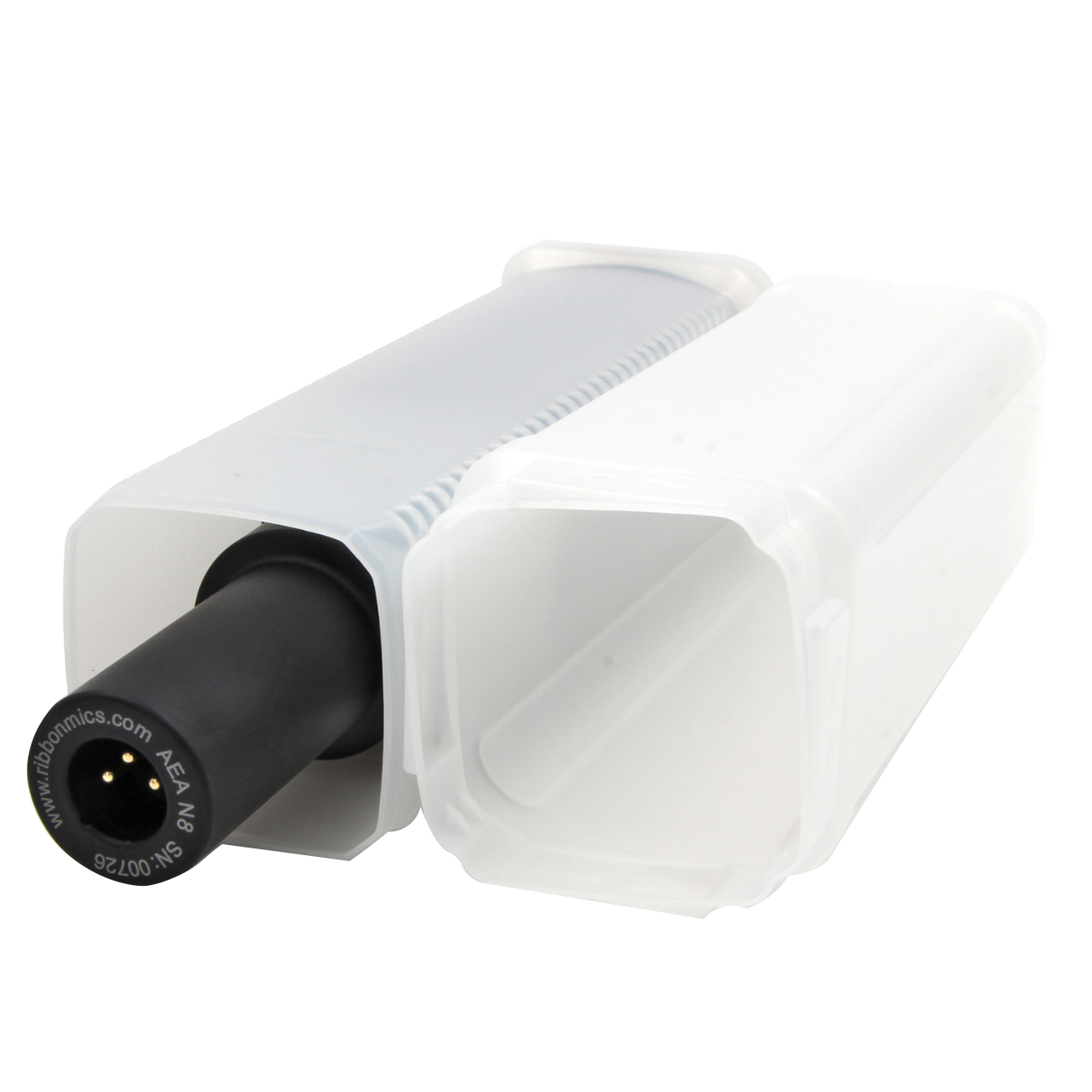The open and natural tonality of the N8 make it perfectly equipped to capture the full range of tone from an electric guitar amp. Whether you desire a balanced response from afar or pronounced low-end closer to the amp, the far-field N8 delivers a clear, comprehensive image of your electric guitar in the room.
Unlike the near-field N22, the N8 is a traditional far-field ribbon mic, meaning its ideal position to capture a source is from 12 inches away or further. This doesn’t mean that you can’t use it closer to an instrument, but its proximity effect can have a big impact on the bass and mid-range response. In many instances, its bass build-up will add warmth to the sound of your recording while in some situations, the proximity effect can be overwhelming.
